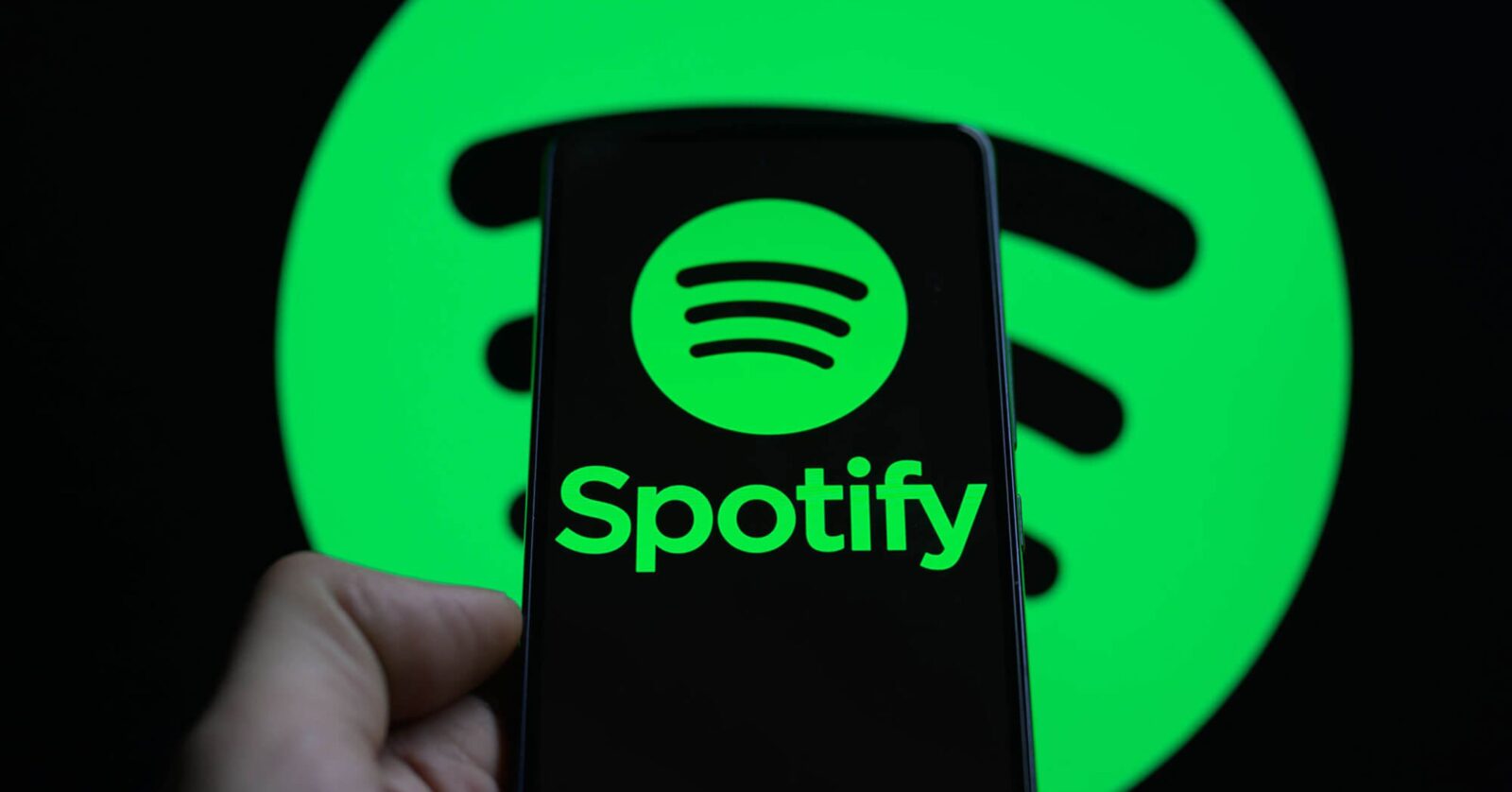Why The Philippines and Indonesia Are ‘Trigger Markets’ For The Global Music Industry – According To Spotify’s Sulinna Ong
With the immense weight that ‘trigger cities’ like Manila and Jakarta carry as music adopters, Southeast Asia serves as a key market to dictate streaming habits and patterns worldwide.

Courtesy of Jonathan Raa/NurPhoto via Getty Images
Courtesy of Jonathan Raa/NurPhoto via Getty Images
As Spotify hits close to 250 million paid subscribers this 2024, the music streaming giant continues to look towards Southeast Asia for inspiration. The Philippines and Indonesia — often dubbed Spotify’s “trigger markets” — are proving to be critical early indicators of emerging global music trends. These two countries not only serve as early adopters of new genres and artists but are also driving the success of non-Anglo music on the global stage.
Looking back at her panel at Music Matters 2022 in Singapore, Sulinna Ong, Spotify’s Global Head of Editorial, sheds light on how these two countries play a pivotal role in shaping the platform’s music landscape. According to Ong, both the Philippines and Indonesia are markets where tracks often gain traction before they go global. “When an artist’s fanbase grows in these regions, things can really take off,” Ong said, noting that Spotify’s data consistently shows these countries as early hotspots for music trends that will later dominate other regions, including North America.
Ong, who has become a prominent voice in the global music scene, has been instrumental in curating Spotify’s expansive editorial direction. With a career spanning from artist management to the streaming world, she’s been at the forefront of the company’s efforts to expand its global reach. Since joining Spotify in 2019, Ong has overseen the platform’s programming strategy, focusing on how the world’s diverse musical tastes can coexist and thrive on the service.
Indonesia And The Philippines As Early Adopters
Both Indonesia and the Philippines stand out as “trigger markets” because of their high rate of early adoption of new music. These regions have been consistently ahead of the curve in embracing emerging sounds, from K-pop to Afrobeats, Latin music, and beyond. For artists looking to gauge their potential international success, gaining momentum in these Southeast Asian countries is a crucial step toward global recognition.
“We see it reflected in the data,” Ong explained. “Both Indonesia and the Philippines are markets where we see early engagement with new tracks, and that’s a strong indicator that something will have staying power internationally.” It’s no surprise, then, that the Philippine capital Manila, and Indonesia’s bustling capital Jakarta are among the first to embrace pop-heavy genres, often setting the stage for trends that later hit the U.S. and other global markets.
The influence of these trigger markets also ties into a broader shift in global music tastes. Spotify’s recent results show that the platform is diversifying its catalog to include more international artists and genres, with Korean, Latin, and Afrobeats music becoming central to Spotify’s editorial strategy. Ong noted that K-pop, in particular, has grown into a massive global force, with over nine billion monthly streams on Spotify — more than half of which are coming from outside Asia-Pacific. The success of K-pop groups like BLACKPINK and BTS has helped fuel this international expansion, with the future credit also being seen in similar patterns with popular P-pop groups or other global groups like KATSEYE — showing that the audience for non-Western music is thriving worldwide.
Emerging Markets Driving Future Growth
Looking ahead, Ong sees Southeast Asia, Latin America, and other emerging regions as the primary drivers of Spotify’s future subscriber growth. By 2026, a majority of the platform’s paying subscribers are expected to come from these markets. And while they are currently considered “emerging,” Ong predicts that these regions will no longer be categorized as such by then. The shift is already underway, with countries like Indonesia and the Philippines leading the charge in terms of both subscriber growth and genre diversification.
Ong’s insight into regional trends further highlights the nuanced ways that different cities and countries influence global music consumption. While Jakarta and Manila are primarily known for their love of pop, other markets like Mexico City are deeply rooted in indie and rock. “What works in Manila and Jakarta often influences pop trends in North America,” Ong explained, noting the interconnectedness of global music scenes in the streaming era. “There’s no formula for what will take off, but we can see patterns in how music spreads across regions.”
“Emerging markets are the future of streaming,” Ong emphasized. “In the next three years, we’ll see the majority of music subscribers come from these regions. But they won’t be emerging anymore — they’ll be at the center of the music business.”
The Global Impact Of These ‘Trigger Cities’
The influence of these emerging markets is also reshaping Spotify’s curation strategy. The platform has been adapting its editorial programming to reflect the tastes of listeners in these trigger markets, spotlighting music from other regions across the globe. The diversity of Spotify’s content reflects a much broader shift in the music industry, one that embraces the globalization of music while also celebrating regional tastes.
And as the Philippines and Indonesia continue to act as the spark for new trends, it’s clear that the next wave of global superstars and chart-topping hits could just as easily come from Manila or Jakarta as from New York or London even two years past such insight. As Ong succinctly put it, “The future of music is no longer about just what’s coming from the U.S. or the U.K. It’s about where the world is listening — and right now, that’s everywhere.”